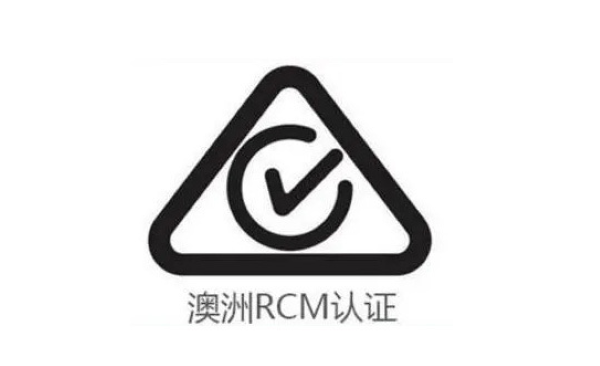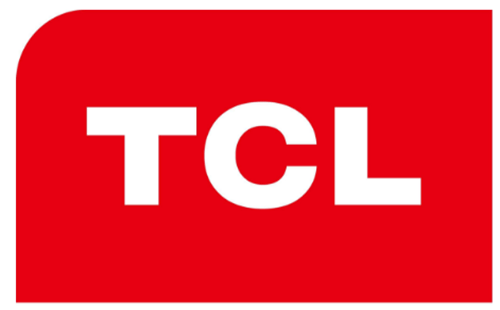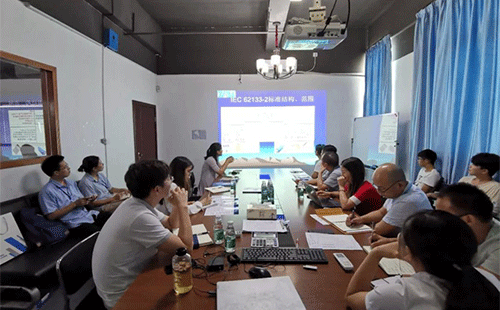On November 7th, 2024, ECHA announced that TPP was officially included in the 32nd substances of very high concern (SVHC) shortlist. So far, the EU SVHC candidate list has been officially updated to 242 items.
The new material information is as follows:

The related laws and regulations of SVHC substance require:
REACH regulations stipulate that when the content of SVHC in articles is greater than 0.1%, information must be transmitted in the supply chain; When the content of SVHC in articles is more than 0.1% and the annual export volume is more than 1 ton, it must be notified to ECHA.
According to the EU Waste Framework Directive, from January 5, 2021, suppliers who put goods with SVHC content exceeding 0.1% into the EU market should submit the relevant information of the goods to ECHA through SCIP database.
Warm tips
The SVHC list is updated twice a year. With the continuous updating of the SVHC candidate list, enterprises are facing more and more control requirements. ZRLK suggested that relevant enterprises should improve their product risk awareness, investigate the supply chain as early as possible, and pay attention to the update of REACH regulations in time, so as to calmly cope with the changes in regulations. Our company has a professional technical team and rich experience in product testing, which can help you easily understand whether the products are safe and compliant. If you need it, please feel free to contact us, and our engineers will serve you at the first time!












